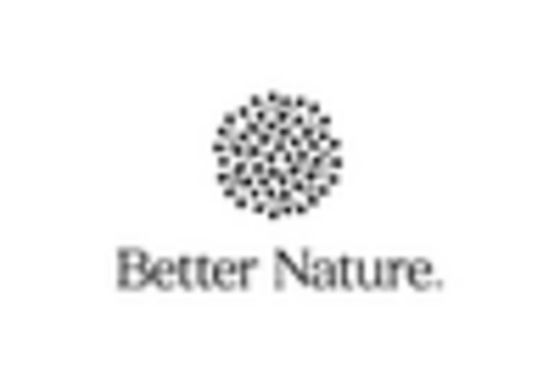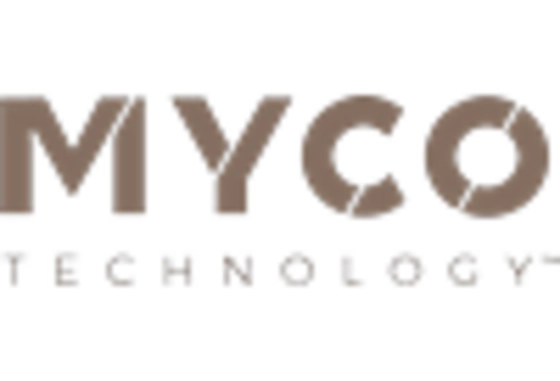Rising Demand for Alternative Proteins
The Fungal Protein Market is experiencing a notable surge in demand for alternative protein sources. This trend is largely driven by increasing consumer awareness regarding the environmental impact of traditional livestock farming. As more individuals seek sustainable dietary options, fungal protein emerges as a viable alternative, offering a lower carbon footprint compared to animal-based proteins. Market data indicates that the alternative protein sector is projected to grow significantly, with fungal protein expected to capture a substantial share. This shift in consumer preferences is likely to propel the Fungal Protein Market forward, as manufacturers adapt to meet the evolving needs of health-conscious consumers.
Growing Vegan and Vegetarian Populations
The rise in vegan and vegetarian populations is a key driver for the Fungal Protein Market. As more individuals adopt plant-based diets for ethical, health, or environmental reasons, the demand for protein sources that align with these lifestyles is increasing. Fungal proteins, being plant-based, are well-positioned to cater to this demographic. Market Research Future indicates that the plant-based food sector is expanding rapidly, with fungal proteins likely to play a pivotal role in this growth. This trend suggests that the Fungal Protein Market will continue to thrive as it aligns with the dietary preferences of a growing segment of the population.
Innovations in Fungal Protein Production
Technological advancements in the production of fungal proteins are significantly influencing the Fungal Protein Market. Innovations such as fermentation technology and mycelium cultivation are enhancing the efficiency and scalability of fungal protein production. These advancements not only improve yield but also reduce production costs, making fungal proteins more accessible to consumers. Market data indicates that the adoption of these technologies is expected to increase, leading to a more robust supply chain. As production methods become more refined, the Fungal Protein Market is poised for expansion, attracting investments and fostering new product development.
Nutritional Superiority of Fungal Proteins
The Fungal Protein Market benefits from the nutritional advantages that fungal proteins offer. Rich in essential amino acids, vitamins, and minerals, fungal proteins are increasingly recognized for their health benefits. Research suggests that these proteins can enhance immune function and provide a source of dietary fiber, appealing to health-conscious consumers. As the population becomes more aware of the importance of nutrition, the demand for fungal protein products is likely to rise. Market analysts project that the nutritional profile of fungal proteins will play a crucial role in their acceptance and integration into mainstream diets, further driving the growth of the Fungal Protein Market.
Increased Investment in Sustainable Food Sources
Investment in sustainable food sources is becoming a focal point for many stakeholders in the Fungal Protein Market. As governments and private entities recognize the need for sustainable agricultural practices, funding for research and development in fungal protein production is increasing. This financial support is likely to accelerate innovation and improve the overall viability of fungal proteins as a mainstream food source. Market data shows that investments in sustainable food technologies are on the rise, indicating a promising future for the Fungal Protein Market. This influx of capital could lead to enhanced production capabilities and broader market acceptance.


















Leave a Comment